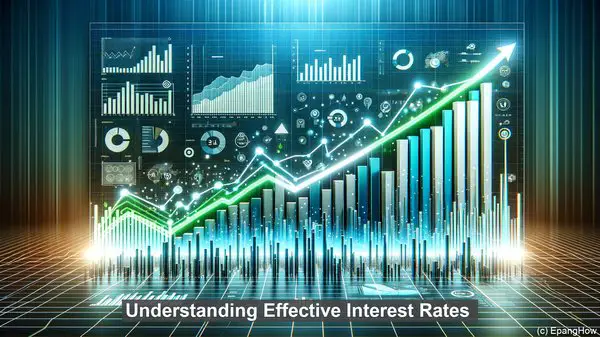Introduction: The World of Interest Rates
Hello, everyone! Welcome to our article on the intriguing realm of interest rates. Today, we’ll delve into the nuances between nominal and effective interest rates, two essential concepts in the world of finance.

Defining Nominal Interest Rates
Let’s start with nominal interest rates. These are the stated interest rates on a financial product, such as a loan or a bond. They represent the percentage of the principal amount that the lender charges as interest. For instance, if you have a loan with a nominal interest rate of 5%, you’ll pay 5% of the loan amount as interest.

Understanding Effective Interest Rates
Now, effective interest rates are a bit more intricate. They take into account not just the nominal interest rate, but also the compounding frequency. Compounding refers to the process of adding the interest earned to the principal, resulting in interest on interest. The more frequently compounding occurs, the higher the effective interest rate. In other words, the effective interest rate reflects the actual interest you’ll earn or pay, considering compounding.
The Impact of Compounding
To illustrate the impact of compounding, let’s consider an example. Say you have two investment options: Option A offers a nominal interest rate of 6% compounded annually, while Option B offers a nominal interest rate of 5% compounded quarterly. At first glance, Option A might seem more lucrative. However, when you calculate the effective interest rates, you’ll find that Option B, with its higher compounding frequency, actually has a higher effective interest rate. This means that over time, Option B could potentially generate more returns.
Real-World Applications
Understanding the distinction between nominal and effective interest rates is crucial for various financial decisions. For instance, when comparing different loan options, looking at the effective interest rates gives you a more accurate picture of the total cost. Similarly, when assessing investment opportunities, considering the effective interest rates helps you gauge the potential returns more accurately.
